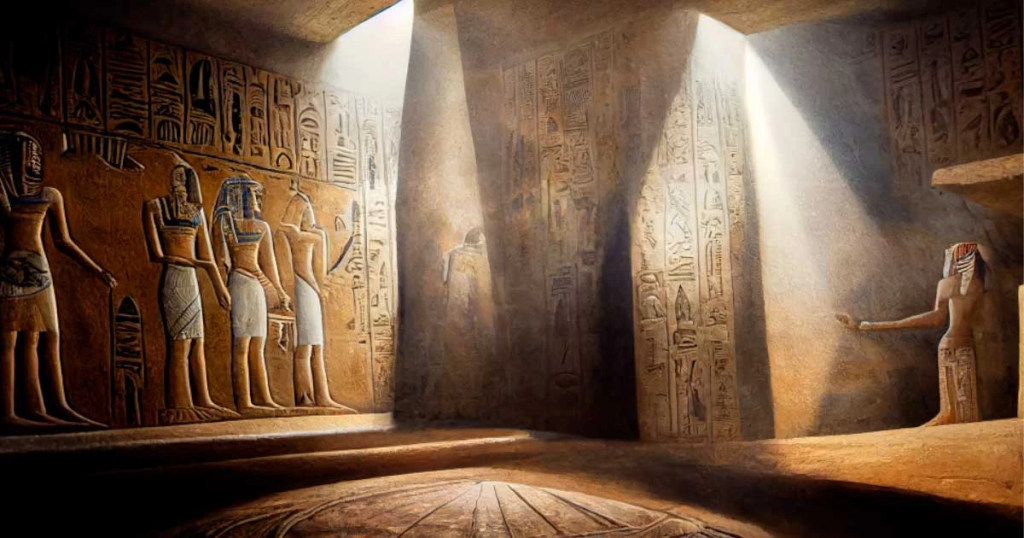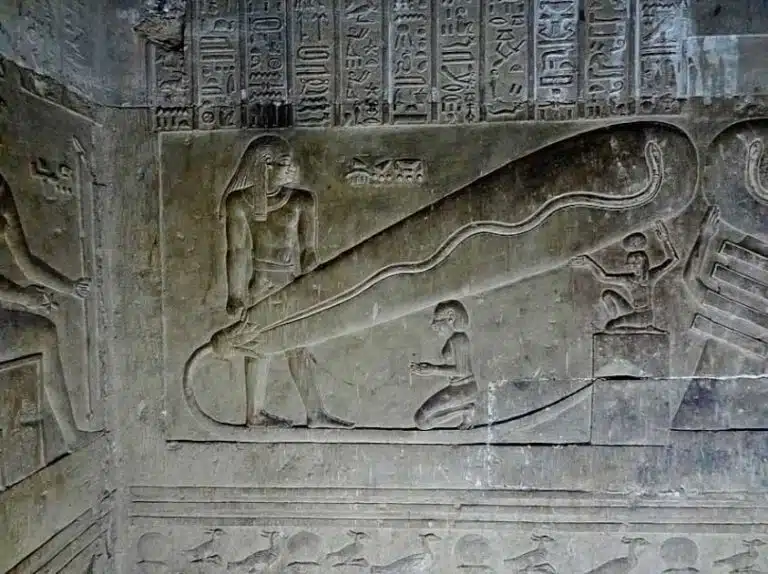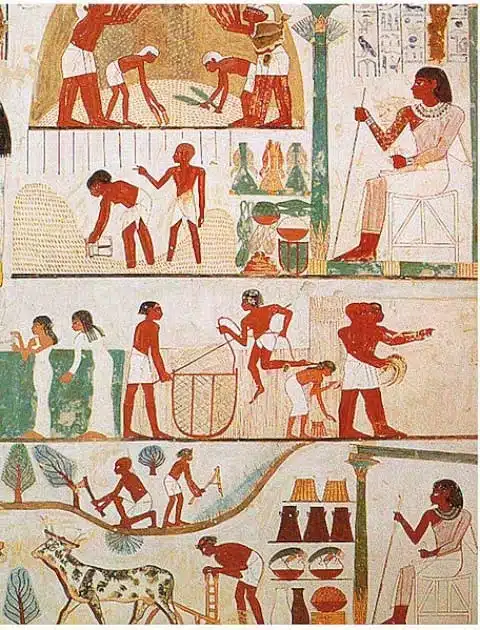Few civilizations in human history have captivated people more than the ancient Egyptians. From their monumental pyramids to their detailed records, they leave us with many mysteries to solve. One of the long-standing questions is, “Did the Egyptians discover artificial light?”

Indeed, the idea may seem silly at first glance. After all, wasn’t electricity discovered by Benjamin Franklin in the 18th century? Well, it’s a resounding yes, but when it comes to the ancient Egyptians, the answer is rarely easy.
Lamps of Dendera: A Glimpse into the Past
Delving into the enchanting world of ancient Egypt, we find intriguing evidence of the use of artificial light. Visit the Temple of Hathor at Dendera, with relief carvings dating back to 50 BC. BC may represent an early form of electric lighting. Known as Dendera’s lamps, these relics depict fascinating scenes that have puzzled archaeologists and historians for years.

One scene, in particular, showcases a lotus flower seemingly giving birth to the serpent god Harsomtus, encased in an aura of magical energy. Intriguingly, some have proposed that this depiction bears an uncanny resemblance to an incandescent light bulb, with the serpent god acting as the filament. But is this theory just a wild shot in the dark?
Egypt’s Illuminating Mystery
A look at Egypt’s architectural feats brings us one step closer to the answer. Despite the lack of windows and the inevitable darkness within the massive stone complexes, the interiors of these structures are remarkably free of soot, a by-product of fire lighting. The lack of soot suggests another form of lighting was used.
However, the claim that the Egyptians used electric lighting is problematic. Most notably, the absence of ancient light filament material mining sites and the absence of ancient power plants casts doubt on this hypothesis.
Castor Oil Lamps: The Probable Torchbearer

One plausible theory is that the Egyptians used castor oil lamps. Known for their clean burning quality, these lamps leave no soot and illuminate the vast interiors of Egyptian monuments. Although not as exciting as the idea of electric lighting, this theory is consistent with the historical record and understanding of the resources available to the Egyptians at the time.
Conclusion: The Glowing Verdict
Currently, the mystery of artificial light in Egypt remains largely unsolved. Although no clear evidence of electric lighting has been found, the sheer ingenuity of this ancient civilization and its use of alternative lighting technologies such as castor oil lamps and possibly solar lighting keep us curious.
The Dendera Light Bulb, although not electrical in nature, highlights the advanced understanding and practical application of available resources by the ancient Egyptians. Whether their lighting was powered by electricity or oil, their lighting technology was undeniable and, like many innovations, continues to fascinate us to this day.






